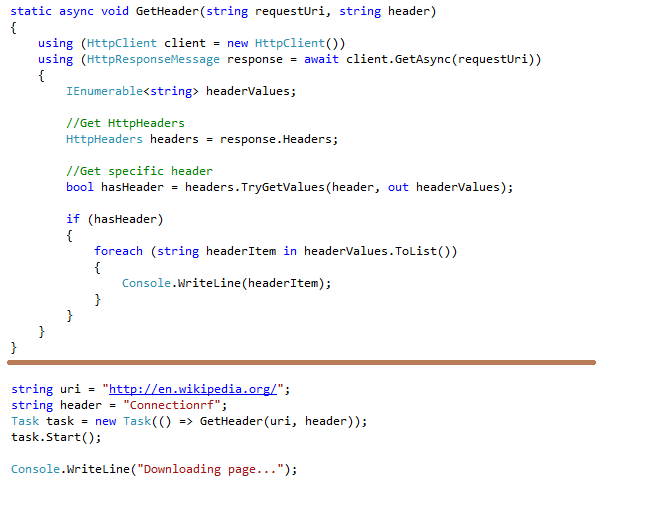Interface contains definitions for a group of related functionalties that a class or a struct can implement. Interface in C# is similar to an abstract class in which all methods are abstract (Why C# interface methods not declared as abstract).
Interface can contain methods, properties, events, indexers but it can't contain constants, fields (why interface can't have fields), operators, instance constructors or types. Interface members are automatically public and cannot be static. (interfaces in MSDN)
Interface can contain methods, properties, events, indexers but it can't contain constants, fields (why interface can't have fields), operators, instance constructors or types. Interface members are automatically public and cannot be static. (interfaces in MSDN)
When a class or struct implements an interface, it must provide an implementation for all the members that interface defines. If you implement an interface method in a deriving class it must be public. When a base list contains base class and interfaces, base class must come first in the list.
Methods in interfaces can have optional parameters. But they are not enforced in implementing classes.
Any class or struct that implements IEquatable<T> interface must contain definition for an Equals method. Also note that Reference types doesn't benefit much when using IEquatable.
Importance of an interface
Covered in SO, SO, Here
An interface can inherit from one or more base interfaces. See Composition over Inheritance.
Methods in interfaces can have optional parameters. But they are not enforced in implementing classes.
Any class or struct that implements IEquatable<T> interface must contain definition for an Equals method. Also note that Reference types doesn't benefit much when using IEquatable.
Importance of an interface
Covered in SO, SO, Here
An interface can inherit from one or more base interfaces. See Composition over Inheritance.
Explicit interface implementation
Problem : Class implements 2 interfaces has a member with same signature
Solution : Explicit interface implementation










